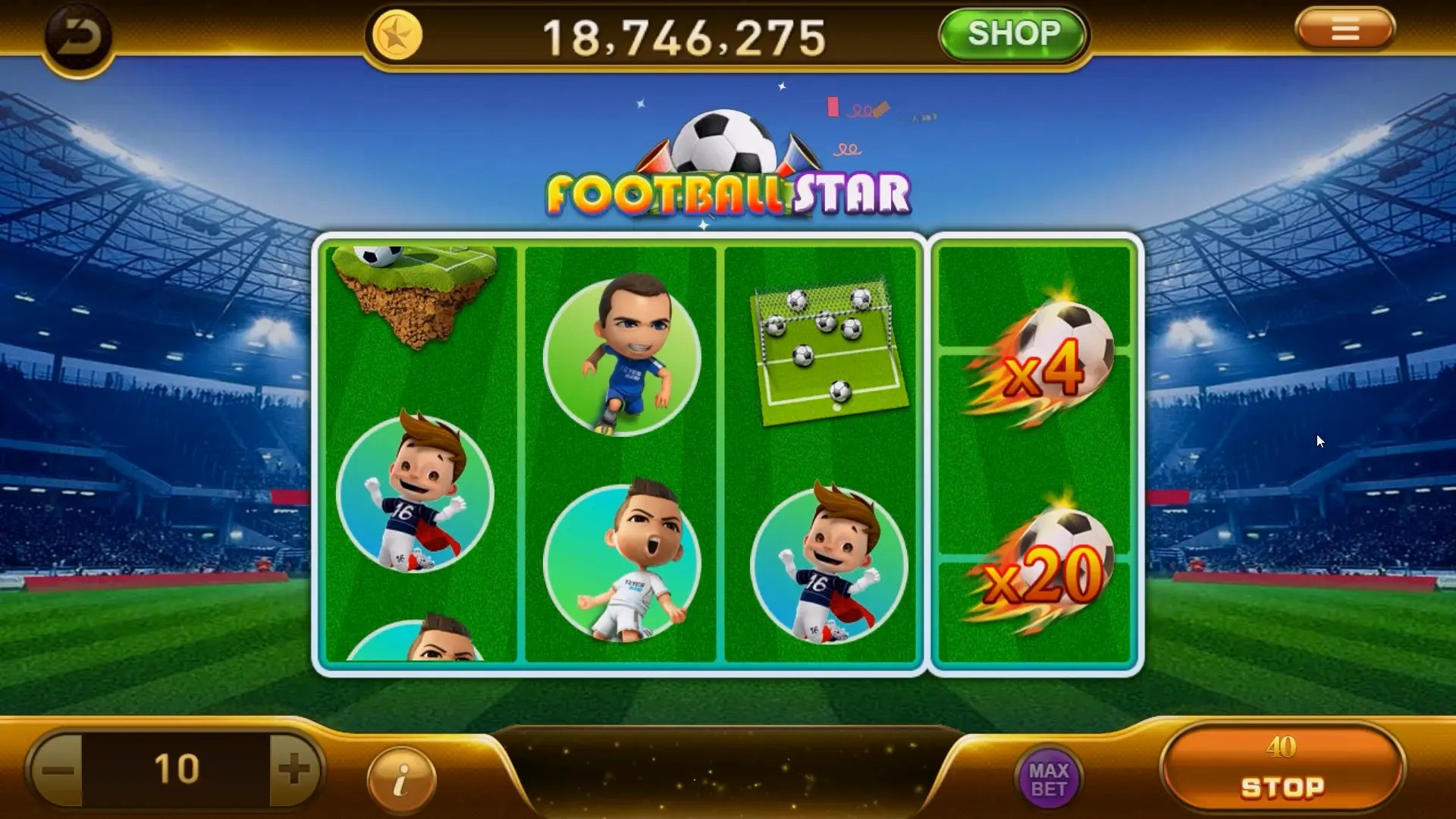Sandbox Games vs. Life Simulation Games: Which Offers a More Immersive Experience?
In the vast landscape of video games, two genres seem to capture the hearts of players: sandbox games and life simulation games. Each brings its unique flavor and experience, allowing for different styles of play. Are you ready to dive into this comparison to see which genre offers a more immersive experience? Grab your controller, and let’s explore!
What are Sandbox Games?
Sandbox games are all about freedom. Imagine a digital playground where players create, explore, and interact with the environment without many restrictions. Think of titles like "Minecraft" or "Garry's Mod", where players craft their own adventures. The open-ended nature of these games allows for limitless creativity and personalized experiences.
Exploring Life Simulation Games
On the flip side, life simulation games, such as "The Sims" series, focus on managing the intricacies of daily life. Players can shape characters, manage relationships, and build households. This genre taps into emotional connections, offering a glimpse into personal growth and social dynamics.
The Core Differences
| Aspect | Sandbox Games | Life Simulation Games |
|---|---|---|
| Freedom | High | Moderate |
| Structure | Open-world | Task-oriented |
| Creativity | Unlimited | Conditional |
| Emotional Connection | Less focused | Deeply engaged |
What Makes Sandbox Games Immersive?
- Player Choice: You dictate your own narrative.
- Environment Interaction: Create, destroy, and alter landscapes at will.
- Community Participation: Join other players for collaborative projects or challenges.
The Appeal of Life Simulation Games
- Relatable Scenarios: The characters and situations often mirror real-life experiences.
- Emotional Engagement: Forge bonds, face challenges, and celebrate victories.
- Progression: Character growth and development create a rewarding loop.
Can You Combine the Two Genres?
Game developers are increasingly blending elements from both sandbox and simulation genres. Games like "Stardew Valley" successfully incorporate sandbox mechanics with life simulation elements, allowing players to farm, build, and create relationships. This fusion enriches the gaming experience, providing the best of both worlds.
The Importance of Player Agency
Player agency is crucial in determining the immersive quality of a game. While sandbox games offer a high degree of freedom, life simulation games allow for emotional investments that players hold dear. The feeling of having control over a character's path can develop strong attachments and help forge relatable bonds.
Patterns of Gameplay
Do you prefer unstructured play with endless possibilities, or do you thrive within given goals? Sandbox games often accommodate spontaneous gameplay, while life simulation games fill their narratives with challenges and achievements. Understanding these patterns can help players select which genre speaks to their gaming style.
Comparative Experiences
Which offers a more immersive experience? It often depends on the player. For some, the unbridled creativity of sandbox games provides excitement at every turn. For others, the relatable narratives found in life simulation games create a comforting zen.
Popular Games: A Side-by-Side Comparison
| Game Title | Genre | Immersive Feature |
|---|---|---|
| Minecraft | Sandbox | Creative building and crafting |
| The Sims 4 | Life Simulation | Deep character interactions |
| Terraria | Sandbox | Exploration and adventure |
| Animal Crossing | Life Simulation | Community building and friendships |
The Role of Graphics and Aesthetics
Visual design can significantly affect immersive experiences. While life simulation games may present realistic graphics to heighten emotional experiences, sandbox games often inject their personalities through stylized visuals and imaginative environments. This contrast can lure many players into one genre over the other.
Can Both Grow Together?
As technology advances, the potential for both genres to evolve shines brightly. Innovations in virtual reality (VR) and augmented reality (AR) are likely to deepen immersion in both types of games—creating truly unforgettable experiences.
What About Storylines?
Sandbox games typically shine with user-generated stories, while life simulations often craft narratives around character growth. In each case, storylines enhance immersion but cater to different preferences. Some players revel in endless storytelling options, while others prefer structured scenarios.
Evaluating Community and Social Interaction
Community-driven experiences can enthrall players in both genres. Sandbox games tend to allow for collaborative efforts and shared experiences, while life simulation games invite players to engage with lively communities through social mechanics.
How to Decide?
The choice between sandbox and life simulation games ultimately depends on your preferences. Would you rather be the architect of a vast universe or live a simulated life with intricate relationships? Reflect upon your past experiences and dive into what resonates with you.
Conclusion
In the battle between sandbox games and life simulation games, there’s no unequivocal winner. Both genres offer unique and immersive experiences that cater to diverse preferences. Whether you thrive on creativity or emotional connection, the world of gaming has something for everyone. So, the next time you pick up a controller, remember: it's all about what makes you feel alive in the game!



